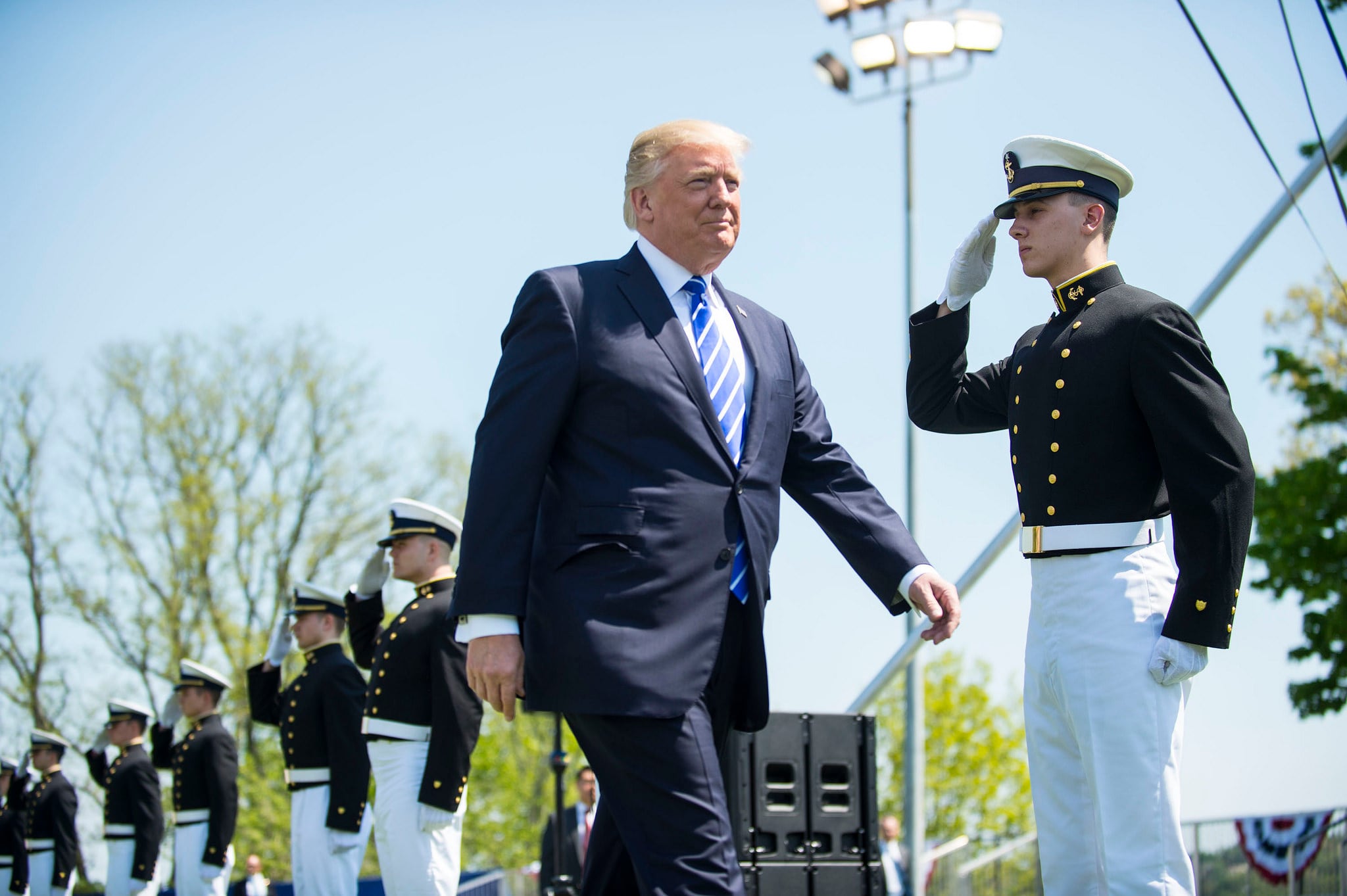WASHINGTON — As part of a broader push from the Trump administration to sell more weapons abroad, the U.S. State Department is planning to increase the size of its staff who handles arms transfers, roll out new changes to its International Traffic in Arms Regulations, or ITAR, restricted list and create new methods of financing foreign arms procurement, among other changes.
In July, the State Department announced it was implementing the new Conventional Arms Transfer policy, or CAT, per direction from the Trump administration. The announcement was criticized by some in industry as not having much in the way of detail attached.
On Thursday, the department released a fact sheet about the CAT implementation plan, with a State Department official, talking on background ahead of the public release, acknowledging to Defense News the federal agency needed to share more information with the public.
“We wanted to release a public version of the CAT [implementation plan] to show to industry, show to the public all the work we’ve been doing,” the official said. “We’ve been a little hampered in showing our work and we want this to ultimately be an iterative process with industry, so we can show our work and get additional feedback.”
RELATED

The short fact sheet lays out three, overarching lines of effort: prioritize strategic and economic competition, organize for success and create conducive environments. Under each of those headings are a number of smaller action items. The official said there has been significant work done in each of those areas.
When asked to point to a few key changes coming in the near term, the official highlighted three aspects.
First, the department plans to push for updates to the ITAR restricted list, while continuing to move items from the ITAR and U.S. munitions list into the realm of the Commerce Department, allowing quicker sales through the Direct Commercial Sales process. Several of those changes will be released for public comment “soon,” the official said.
The department is also in the process of staffing up the number of people it has working foreign weapon sales issues, in an attempt to address a regular complaint from industry that the department’s Bureau of Political-Military Affairs needs more bodies to throw at the issue. The official said that about five months ago, new jobs began to be added to the bureau, with the goal of having around two dozen new positions in place in the near future.
Meanwhile, the bureau is looking at “creative” financing options for foreign weapon sales, the official said. Proponents of the new CAT policy have argued that other governments — both competitors and allies — support their defense-industrial bases more directly than America traditionally has, whether through top leadership directly advocating for sales or economic policies that give homegrown weapons a boost abroad.
The official said it was “too early to say” if new funding streams to support weapon sales would be in the department’s FY20 budget request.
More broadly, the department is looking at “specific capabilities and specific sets of countries” that it wants to prioritize based on the National Security Strategy, the official noted. In doing so, the State Department and the Pentagon can identify which countries may need extra focus to be able to speed systems along, with the goal being to make sure key allies get the capabilities they need as opposed to a first-come, first-serve mentality.
Eric Fanning, president and CEO of the Aerospace Industries Association, said the details released Thursday “include significant and important steps toward bringing more transparency, efficiency and predictability to the defense trade system," adding that "U.S. industry looks forward to continuing to work in partnership with the government on a modern defense trade system that supports America and our partners and allies as we face the threats of the 21st century.”
Aaron Mehta was deputy editor and senior Pentagon correspondent for Defense News, covering policy, strategy and acquisition at the highest levels of the Defense Department and its international partners.








